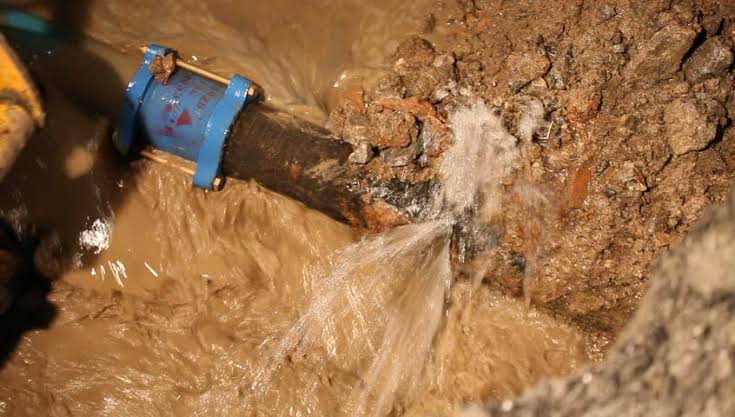Detect a water leak & save your money
![]()
Good water-saving habits such as turning off the water while we brush our teeth, not running the shower until you are ready to step in, go a long way in conserving water. Undetected water leaks could, however, mean our efforts are in vain astronomical amounts of water are lost yearly.

Here is how to detect water loss happening after the meter:
The service pipe leaks, unlike distribution pipe leaks, are difficult to detect because they are before the meter and water lost, say per day, is relatively low. Thus water pipe leaks can go undetected for years.
1. Stop all water use. Close all taps on the 1 property and don’t flush toilets.
2. Check and record your meter reading.
3. Wait 30 minutes and take another reading. Make sure nobody has opened a tap or flushed a toilet since you first noted the meter reading
4. If there is a difference, you have a leak to fix. As per the city’s Water By-law you need to call your local plumber quickly.
We would be glad to assist you, assess your water bill if you suspect irregularities in your consumption and make sure you are not losing any money to leaking pipes in your plumbing system.
The damage caused by leaks before the meter, in pipes connecting your property to the distribution pipes goes beyond the loss of municipal water. Even a small leak’s damage can be extensive to the extent of affecting the structure and foundation of your property.


Recent Comments